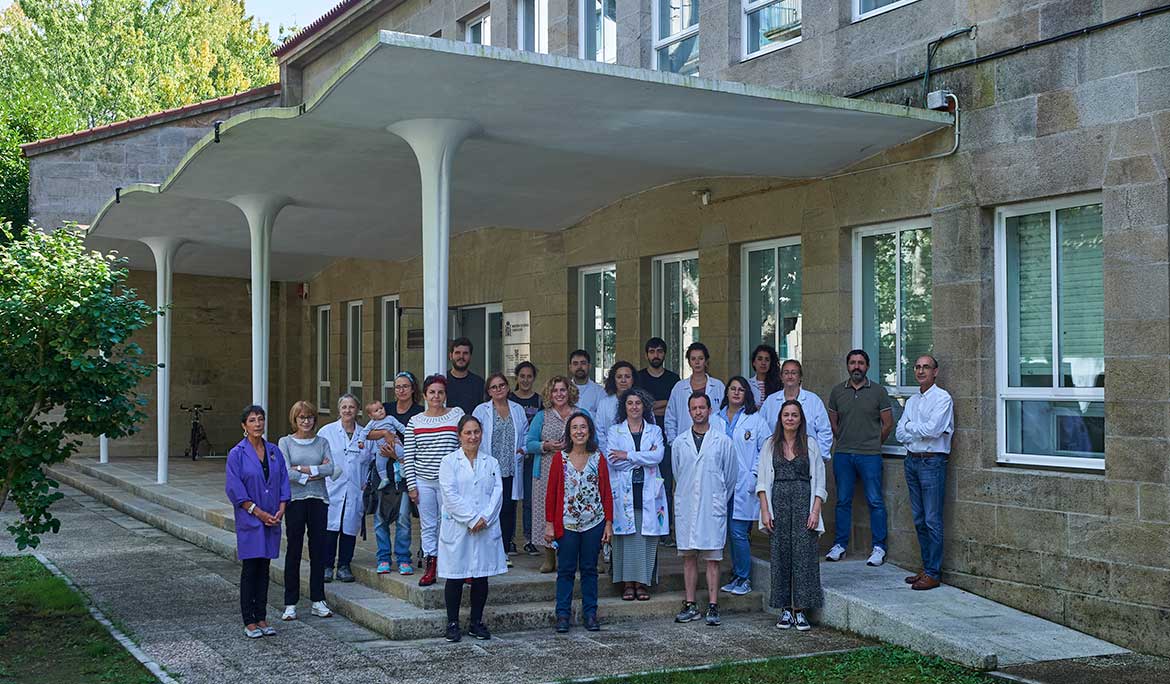Tipo de publicación:
Revistas indexadas en la Web of Science o en SCOPUS
Enlace a publicación:
Abstract
Monitoring the water status of fruit orchards is required to optimize crop water management and determine irrigation scheduling. For this purpose, capacitance probes are commonly used to measure soil water content (θs). However, when these probes are not calibrated, the estimates of θs are, therefore, unreliable. Our objective was to relate the measurements of capacitance probes, without a site-specific calibration, with a reliable indicator of the water status (stem water potential at solar noon (Ψstem)) of rain-fed grapevines grown under contrasting soil management strategies (tillage and spontaneous vegetation) and of irrigated peach and pear trees. During the 2023 growing season, θs was monitored in a peach and a pear orchard and in a vineyard in northeast Spain using capacitance sensors at three depths: 0.15, 0.30, and 0.45 m. Correlation coefficients ranged from 0.75 to 0.87 in peach trees, from 0.53 to 0.56 in pear trees, and from 0.56 to 0.90 in grapevines, depending on soil depth. These relationships were significant for both peach trees and grapevines but not for pear trees. Under the conditions of this study, uncalibrated capacitance measurements of θs could be useful to assess grapevine and peach tree water status in real time but were limited for pear trees.
Investigadores:
Jose Manuel Mirás Avalos
mir
